Coming to the "resort paradise" Maldives in the off-season, Huyen explored the "local" corner of the island, spending a week diving, hunting whale sharks and rays.
When it comes to Maldives tourism, most people will think of luxury vacations costing hundreds of millions of dong on privately owned resort islands. However, Maldives also has inhabited islands, where the locals live, travel costs are more affordable and there are many local experiences suitable for those who like to explore the vibrant world under the ocean.
Pham Huyen, a resident of Ho Chi Minh City, visited Dharavandhoo Island, an island "not very popular with Vietnamese tourists" in the Maldives in August. A friend who is a diving enthusiast had learned about the island many years ago. During their nine-day stay, the group spent a week experiencing diving, hunting stingrays and whale sharks.
Traveling to the Maldives is now easier as the island nation exempts visas for Vietnamese tourists. Tourists only need to fill out the entry and exit declaration form online, take a photo of the QR code and present it when checking airport security. In Vietnam, there are no direct flights to the Maldives, so Huyen's group flew from Ho Chi Minh City, transited in Kuala Lumpur, then landed at Malé International Airport. After a night in the capital Malé, the Vietnamese group took a domestic flight to Dharavandhoo Island.
"After that were days of struggling in the open sea, hunting fish on the peaceful little island," said Ms. Huyen.

Ms. Huyen snorkeled and swam with stingrays in Hanifaru Bay. Photo: NVCC
Dharavandhoo is a small island in Baa atoll. Atoll means a natural coral reef chain, the large islands in Maldives are divided into atolls, each atoll includes small islands. Dharavandhoo Island has an area of less than 0.5 km2, about 116 km from Malé, with a population of about 1,000 people and 10 hotels, resorts from luxury to budget.
Large manta rays are common in the vicinity of the island, making Dharavandhoo a popular stop for scuba divers. Whale sharks, minke sharks and blacktip reef sharks are also found here, but fewer than manta rays.
Tourists often come to Maldives in the spring from November to December, when the climate is cool and the sea is clear. Diving enthusiasts visit the island nation from April to November, when the weather is bad, cloudy and rough. This is the season when schools of stingrays and whale sharks come ashore to feed. The time when divers are most likely to encounter the "ocean giants" is in August and September.
"Normally the sea water in Maldives is very clear, but to see stingrays, you have to accept bad weather conditions and dive in murky and hazy sea water," Ms. Huyen shared.
These schools of fish feed on crustaceans, algae and plankton, collectively known as plankton, which congregate in Hanifaru Bay, part of Baa Atoll. This bay is classified by UNESCO as a coral island biosphere reserve. To visit the bay, you need to buy a ticket at Dharavandhoo Island. From here, visitors take a taxi boat, a popular means of transport in the Maldives, to Hanifaru Bay.
Snorkeling tours with stingrays and whale sharks at Hanifaru Bay are divided into two forms: snorkeling, diving with a snorkel and goggles; scuba diving, diving with a scuba tank accompanied by a diver. Outside the bay, there is always a team on duty, watching for the time when the fish appear to notify the tour operators to lead guests out for diving.
Ms. Huyen has experienced all kinds of diving. She said that the days when she went scuba diving, the weather was "very bad", the captain and divers had to observe the weather, draw a map and then determine the diving spot. Before going into the water, visitors were introduced to the diving spot to ensure safety.

Schools of colorful fish swim around the protected coral reefs in Hanifaru Bay.
Diving trips are supervised by professional technicians, and visitors must comply with regulations to avoid disturbing and violating the habitat of giant marine creatures. Divers must keep a minimum distance of 3 meters when swimming with fish. Visitors who touch fish will be immediately "expelled" from the diving site. There are always marine patrol teams and drones "monitoring every move" of visitors when diving with sea fish. Stingrays and whale sharks "have no teeth and do not bite people", making them safe for visitors, but if they feel threatened, they will run away immediately and never return.
"The stingrays and whale sharks here swim close to the surface, so you can easily see them by snorkeling," said Huyen. Before snorkeling, you need to prepare equipment such as goggles, snorkel and fins, which can be rented at the hotel or diving centers on Dharavandhoo Island. Swimsuits should be long-sleeved and long-legged because the water is quite cold.
Having only seen the "ocean giants" on screen, Huyen felt "as happy as meeting her idol" when swimming around the 5-10 meter long whale sharks.
The female tourist said that scuba diving costs an average of 60 USD per person. Snorkeling is cheaper, about 25 USD. Tourists can book tours at hotels, resorts, and diving centers on Dharavandhoo Island and the islands in Baa Atoll. "Just contact the hotel staff, when they receive news that fish have come ashore, they will notify guests to book a tour," said Ms. Huyen.

Peaceful scene on Dharavandhoo island.
“Dharavandhoo Island is small and the only tourist activity here seems to be diving, there are no bars or entertainment venues,” Huyen said. Local food is “boring” but there are a few restaurants serving Thai and Chinese food, priced at around $5-10 each.
To sum up the 9-day, 8-night off-season trip to Maldives, each member of Ms. Huyen's group spent 45-50 million VND, including airfare, hotel, accommodation and diving tour. The result was the memory of swimming in the ocean with the ocean giants and "everyone wants to come back again".
Vnexpress.net



![[Photo] Prime Minister Pham Minh Chinh launched a peak emulation campaign to achieve achievements in celebration of the 14th National Party Congress](https://vphoto.vietnam.vn/thumb/1200x675/vietnam/resource/IMAGE/2025/10/5/8869ec5cdbc740f58fbf2ae73f065076)

![[Photo] Prime Minister Pham Minh Chinh chairs the Government's online conference with localities](https://vphoto.vietnam.vn/thumb/1200x675/vietnam/resource/IMAGE/2025/10/5/264793cfb4404c63a701d235ff43e1bd)




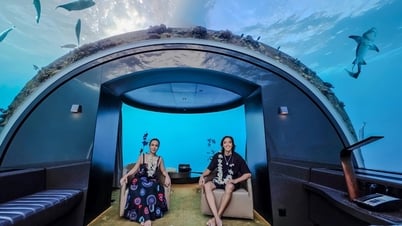

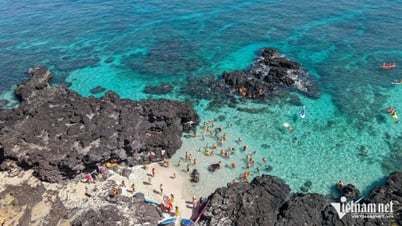







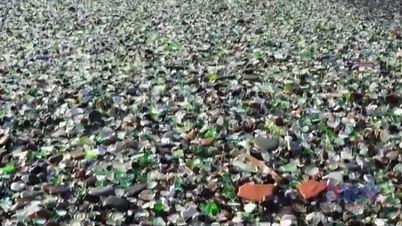

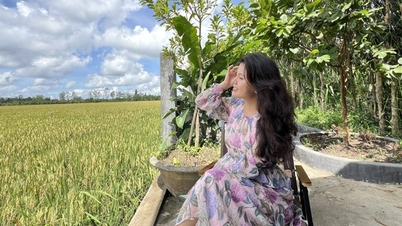
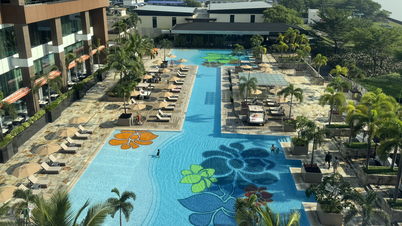


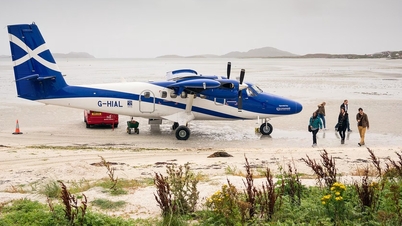
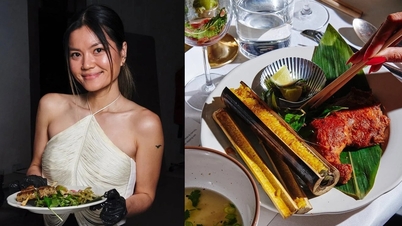
































![[VIDEO] Summary of Petrovietnam's 50th Anniversary Ceremony](https://vphoto.vietnam.vn/thumb/402x226/vietnam/resource/IMAGE/2025/10/4/abe133bdb8114793a16d4fe3e5bd0f12)

![[VIDEO] GENERAL SECRETARY TO LAM AWARDS PETROVIETNAM 8 GOLDEN WORDS: "PIONEER - EXCELLENT - SUSTAINABLE - GLOBAL"](https://vphoto.vietnam.vn/thumb/402x226/vietnam/resource/IMAGE/2025/7/23/c2fdb48863e846cfa9fb8e6ea9cf44e7)














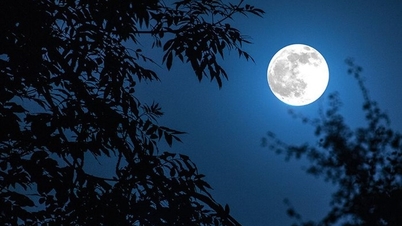

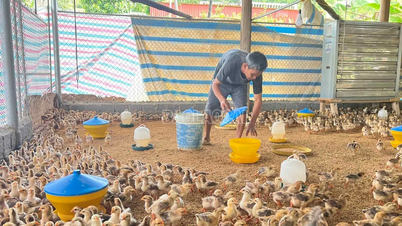




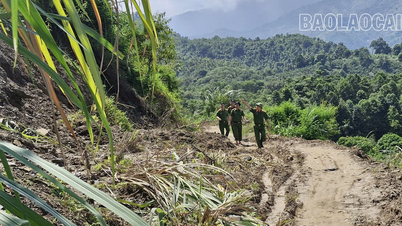













Comment (0)